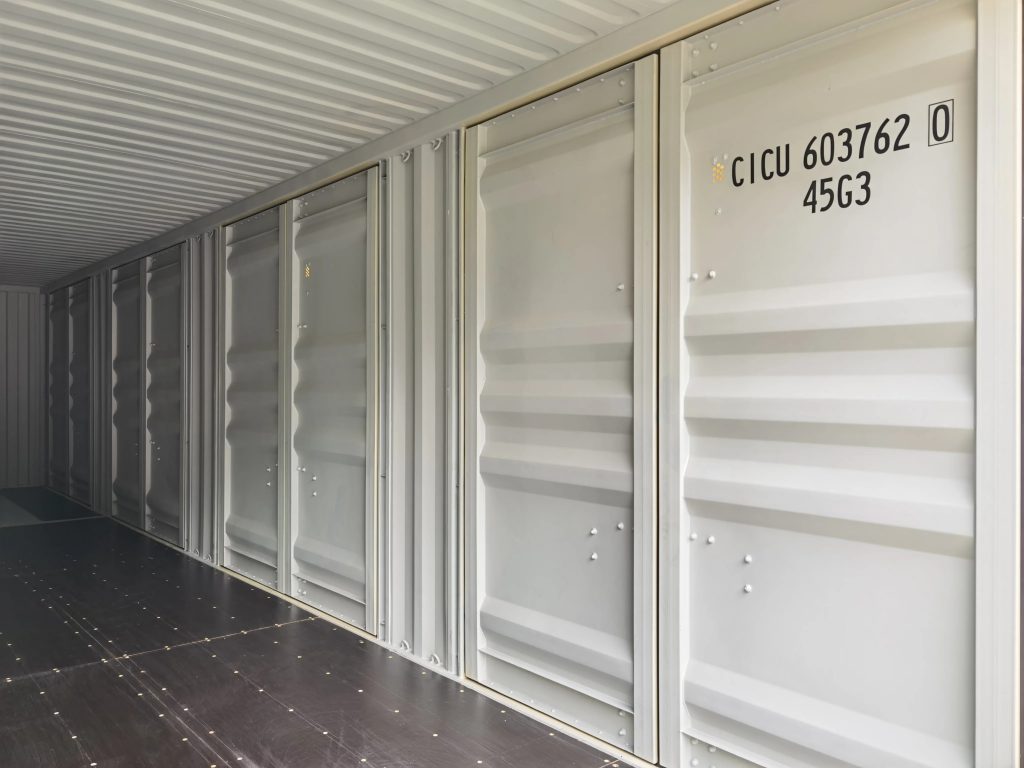20 Trailblazers Leading The Way In Shipping Container Transport
Shipping Container Transport: A Comprehensive Guide
Shipping container transport has transformed the way goods are carried worldwide. It supplies an efficient, scalable, and safe and secure method of shipping products around the world. In this post, we will check out different elements of shipping container transport, its benefits, challenges, and how it runs.
The Evolution of Shipping Container Transport
The concept of container shipping began in the early 1950s, when they were first introduced as a method to facilitate more efficient filling and unloading of cargo ships. Before the arrival of container shipping, items were packed and unloaded individually, making the procedure lengthy and labor-intensive. With the intro of standardized containers, the shipping industry transformed, making it possible for easier transport by rail, ship, and truck.
Secret Milestones
Year
Turning point
1956
First container ship, the Ideal X, sets sail
1966
Very first intermodal freight transport service
1970
Introduction of the Global Container Shipping System
1980s
Standardized container sizes become widespread
Understanding Container Types
Shipping containers come in various sizes and shapes, built for different kinds of cargo. Here's a breakdown of typical container types:
Container Types
Container Type
Dimensions (ft)
Use Case
Requirement Container
20 x 8 x 8.6
General cargo
High Cube Container
40 x 8 x 9.6
Bulkier products
Refrigerated Container
20/40 x 8 x 8.6
Disposable goods
Flat Rack Container
20/40 x 8 x 8.6
Extra-large items, equipment
Open Top Container
20/40 x 8 x 8.6
Cargo that needs leading gain access to
The Benefits of Shipping Container Transport
Shipping container transport offers many advantages for logistics and supply chain management. Here are numerous essential advantages:
- Efficiency: Containers can be quickly filled and unloaded using cranes, reducing turnaround time at ports.
- Security: Containers can be sealed, using security versus theft and damage.
- Adaptability: Containers can hold a wide array of items, from electronic devices to disposable food products.
- Intermodalism: Containers can flawlessly move in between ships, trains, and trucks, streamlining logistics.
- Cost-efficient: Bulk shipping minimizes the per-unit cost of transport, benefiting large-scale shippers.
Shipping Container Stats
Fact
Worth
Approximated international container fleet
25 million TEU (Twenty-foot Equivalent Units)
Percentage of worldwide trade through containers
90%
Average life expectancy of a container
10-15 years
The Challenges in Container Transport
In spite of its benefits, shipping container transport faces several challenges that can impact effectiveness:
- Port Congestion: Delays due to extreme traffic can result in greater costs and hold-ups in deliveries.
- Weather Disruptions: Storms and poor weather conditions can delay shipping schedules.
- Regulatory Compliance: Each country has special import/export policies, adding complexity to logistics.
- Ecological Concerns: The shipping industry is under analysis for its ecological impact, motivating a shift towards greener practices.
- Container Shortages: Supply chain disturbances can lead to scarcities of offered containers.
How Shipping Container Transport Works
Comprehending the functional process of shipping container transport is important for businesses associated with logistics. Here's a simplified summary of the transport process:
Steps in Shipping Container Transport
- Scheduling: The carrier books area on a shipping line.
- Container Loading: Goods are packed into containers at the warehouse.
- Transportation to Port: Containers are transferred to the port by means of truck or rail.
- Customs Clearance: Containers undergo customizeds evaluations and documents checks.
- Packing onto Vessels: Containers are crammed onto ships bound for their destination.
- Transit: The container is transported across oceans or seas to the destination port.
- Dumping: Once at the destination port, containers are unloaded and moved to customizeds for clearance.
- Final Delivery: Containers are transported via truck or rail to the final customer place.
Shipping Container Terminology
Understanding common shipping terms can assist in much better communication in worldwide shipping. Here are a couple of vital terms every carrier must understand:
Essential Terms
Term
Description
TEU
Twenty-foot Equivalent Unit; a basic measurement in shipping.
FCL
Full Container Load; shipping where an entire container is used by one carrier.
LCL
Less than Container Load; numerous deliveries in one container by different carriers.
BOL
Expense of Lading; a legal file between the shipper and carrier.
ETA
Estimated Time of Arrival; expected arrival time of the shipment.
Frequently Asked Question About Shipping Container Transport
What items are restricted from shipping in containers?
- Prohibited products normally include dangerous materials, fire arms, and perishable items (in non-refrigerated containers).
How long does it typically take for a shipping container to reach its location?
- Transit times can differ considerably based on range, shipping route, and port operations, ranging from days to a number of weeks.
Can I track my shipping container?
- A lot of shipping companies offer tracking systems that allow shippers to monitor the status and area of their containers in real time.
What should I do if my container is harmed?
- Document the damage, inform your shipping business, and review insurance alternatives based upon the terms embeded in the Bill of Lading.
How do I choose the right shipping container?
- Think about the type and volume of items, dimensions needed, and any special conditions (e.g., refrigeration) when choosing a container.
Shipping container transport continues to develop with innovation and globalization, offering unrivaled efficiency for the motion of products worldwide. As cogcontainersltd and economies grow more interconnected, understanding the logistics of container transport ends up being progressively important for businesses seeking to prosper in the global marketplace. Whether you're a recently established business owner or a recognized enterprise, mastering this crucial element of logistics is key to staying competitive.
